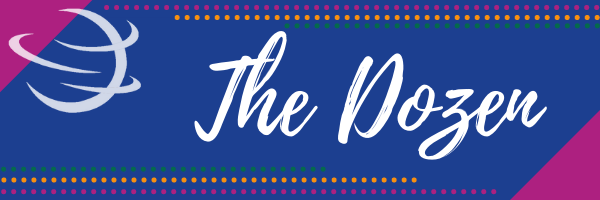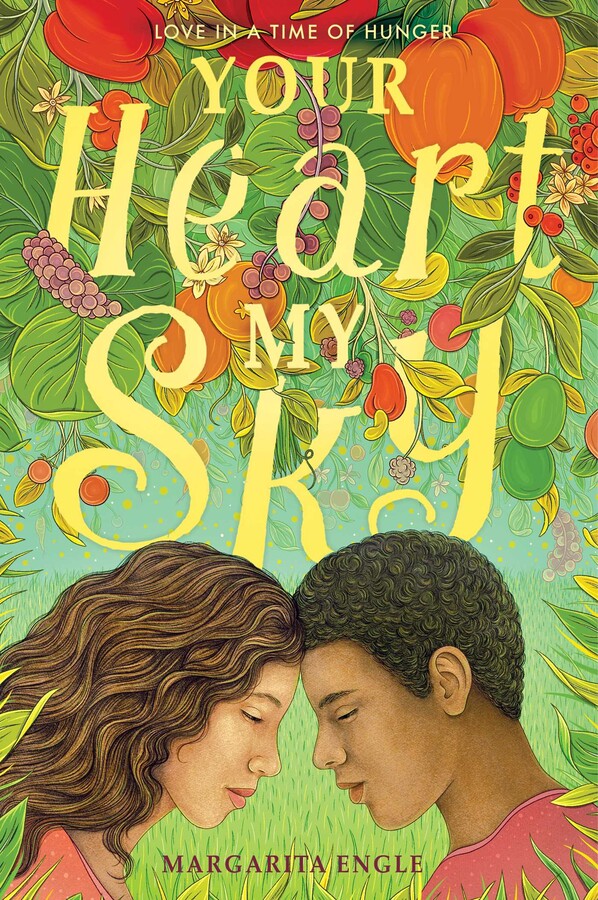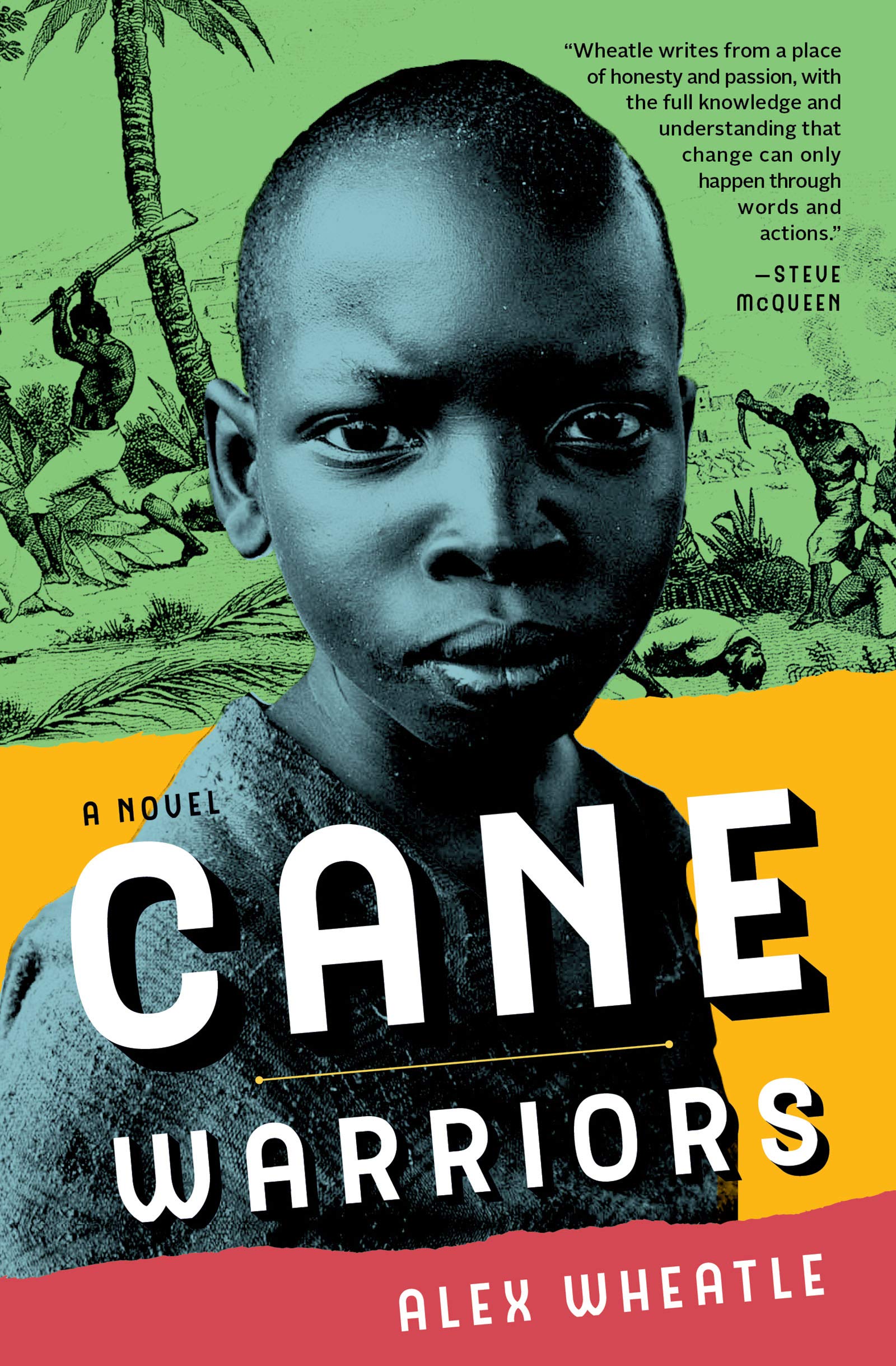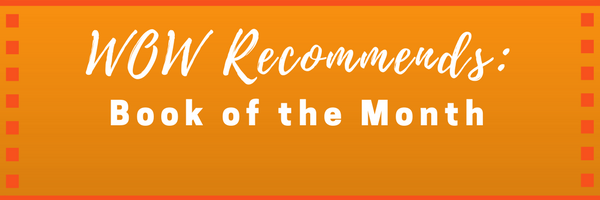By Deanna Day-Wiff, Washington State University, Vancouver, WA
Poetry is all around us and is fun to read aloud and share with children of all ages. Poetry builds literacy skills with its figurative language, different forms and structures as well as its rhythm and rhyme. This past year I had the honor of serving on the NCTE Notable Poetry Books and Verse Novels Committee. I read over 300 titles—individual poems, anthologies, narrative poems, biographical poems and verse novels. The committee discussed the differences between poetry and prose and then chose 30 titles that reflected the Notable Poetry Books Criteria. This WOW Dozen focuses on some of the books that were considered but did not make the 2022 NCTE Notable Poetry Books and Verse Novels list. Nevertheless, children and adolescents will still enjoy hearing or reading them. Why not bring poetry to life in your classroom by sharing more of it in March, April for National Poetry Month and every day? Continue reading





